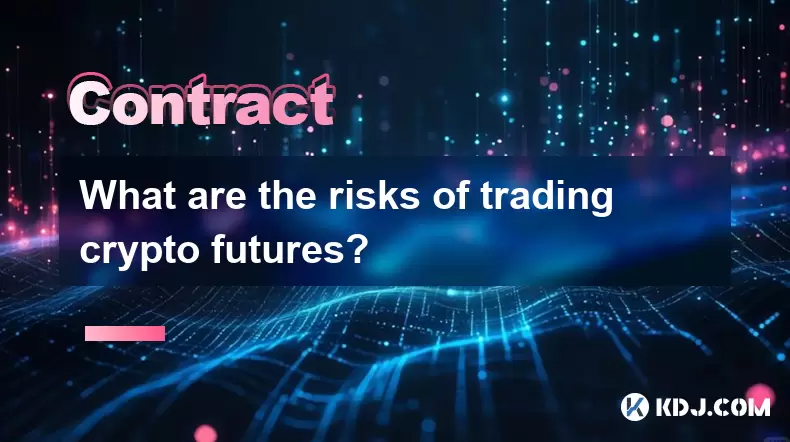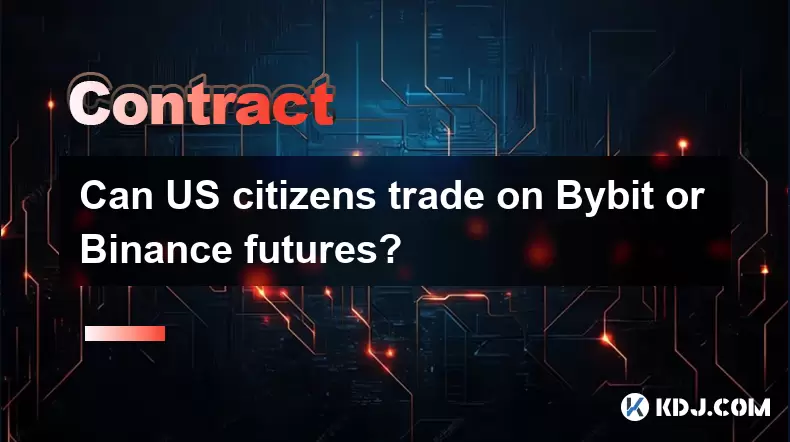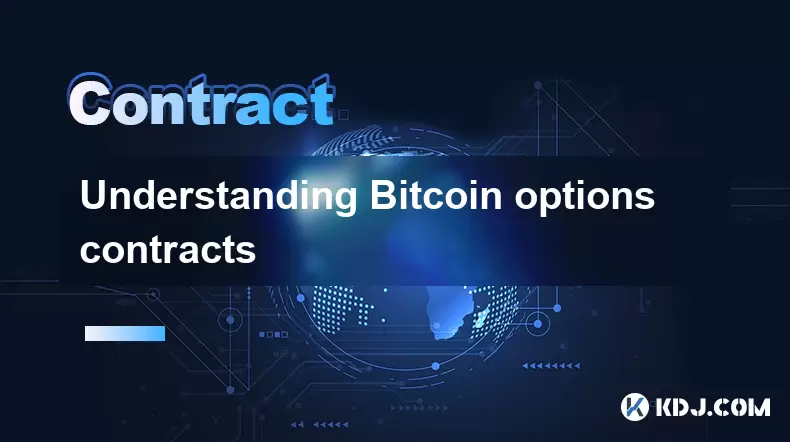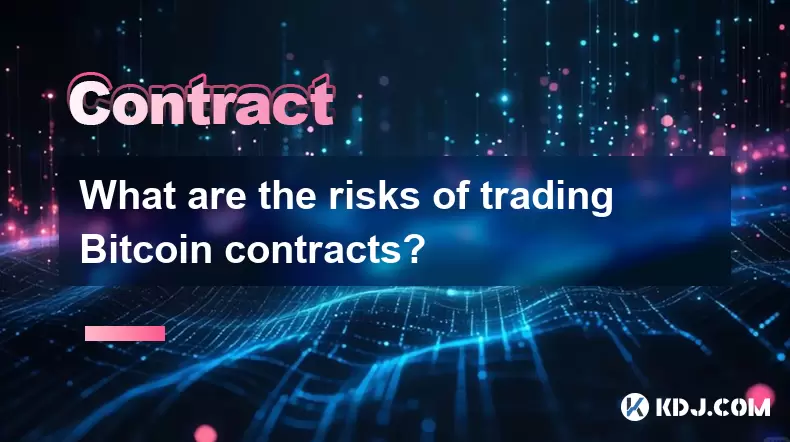-
 Bitcoin
Bitcoin $118100
-0.44% -
 Ethereum
Ethereum $3585
5.43% -
 XRP
XRP $3.434
5.65% -
 Tether USDt
Tether USDt $1.000
0.02% -
 BNB
BNB $743.8
3.89% -
 Solana
Solana $178.7
3.84% -
 USDC
USDC $1.000
0.03% -
 Dogecoin
Dogecoin $0.2381
12.81% -
 TRON
TRON $0.3270
3.62% -
 Cardano
Cardano $0.8315
4.93% -
 Hyperliquid
Hyperliquid $44.51
-4.42% -
 Stellar
Stellar $0.4710
1.52% -
 Sui
Sui $3.896
-2.51% -
 Chainlink
Chainlink $18.09
6.98% -
 Hedera
Hedera $0.2681
9.31% -
 Bitcoin Cash
Bitcoin Cash $516.7
4.83% -
 Avalanche
Avalanche $23.95
6.96% -
 Shiba Inu
Shiba Inu $0.00001490
5.67% -
 UNUS SED LEO
UNUS SED LEO $8.966
0.80% -
 Toncoin
Toncoin $3.294
4.39% -
 Litecoin
Litecoin $105.4
4.69% -
 Polkadot
Polkadot $4.356
5.30% -
 Uniswap
Uniswap $10.29
17.25% -
 Monero
Monero $327.9
-3.04% -
 Bitget Token
Bitget Token $4.942
4.33% -
 Ethena USDe
Ethena USDe $1.001
0.08% -
 Pepe
Pepe $0.00001348
2.17% -
 Dai
Dai $1.000
0.02% -
 Aave
Aave $320.8
0.58% -
 Bittensor
Bittensor $411.8
-4.07%
What are the risks of trading crypto futures?
Trading crypto futures with leverage can boost profits but also heightens liquidation risks, especially during sudden market swings.
Jul 11, 2025 at 04:56 pm

Understanding the Leverage Factor in Crypto Futures
Trading crypto futures often involves leverage, which allows traders to control a large position with a relatively small amount of capital. While this can amplify profits, it also increases the risk significantly. For instance, if you trade with 10x leverage and the market moves against your position by just 10%, you could lose your entire investment. This is because margin calls or liquidations can occur rapidly when the price moves unfavorably.
The volatility inherent in cryptocurrency markets makes leveraging especially dangerous. Unlike traditional assets, crypto prices can swing dramatically within minutes due to news events, regulatory changes, or market sentiment shifts. Therefore, understanding how leverage works and its implications on your trading account is crucial before entering the futures market.
Liquidation Risks and Margin Management
One of the most critical risks in trading crypto futures is liquidation. When a trader’s account equity falls below the required maintenance margin level, the exchange automatically closes the position to prevent further losses. This process is known as liquidation and typically happens without any manual intervention from the trader.
To avoid this, traders must closely monitor their margin levels and understand how much they can afford to lose. Setting stop-loss orders and maintaining adequate free margin in the account are essential practices. However, even these precautions may not always protect traders during extreme market conditions where slippage occurs and prices jump past expected thresholds.
- Check margin requirements for each trade
- Monitor open positions regularly
- Maintain sufficient free margin to absorb sudden price swings
Market Volatility and Sudden Price Swings
Cryptocurrency markets are known for their high volatility, which can lead to rapid and unpredictable price movements. In the context of futures trading, this volatility can result in unexpected losses or gains. Traders who are not prepared for such swings may find themselves caught off guard, especially when trading with high leverage.
For example, a sudden drop in Bitcoin's price due to regulatory announcements or macroeconomic factors can trigger massive sell-offs across the market. Futures traders who are long on BTC might face significant losses unless they have protective measures like stop-losses or hedging strategies in place.
- Stay updated on global news affecting crypto markets
- Use technical analysis tools to anticipate potential price movements
- Consider diversifying positions across different assets
Counterparty Risk and Exchange Reliability
When trading crypto futures, traders are exposed to counterparty risk—the possibility that the other party (often the exchange) fails to fulfill its obligations. Although many exchanges use smart contracts and isolated margin systems to mitigate this risk, there is still a chance of insolvency or operational failure.
It’s important to choose reputable platforms with strong financial backing and transparent operations. Researching an exchange’s history, user reviews, and security measures can help reduce exposure to counterparty risks. Additionally, some decentralized futures platforms offer peer-to-peer trading, which may lower counterparty exposure compared to centralized exchanges.
- Research exchange credibility before depositing funds
- Review the platform’s insurance or risk mitigation mechanisms
- Avoid over-concentration of funds on a single exchange
Psychological and Emotional Trading Pressures
Trading crypto futures can be emotionally taxing due to the fast-paced nature of the market. The pressure to make quick decisions under volatile conditions can lead to emotional trading, where fear or greed influences judgment. This often results in impulsive trades that deviate from original strategies and increase the likelihood of losses.
To combat emotional trading, it’s vital to develop a solid trading plan with predefined entry and exit points. Sticking to this plan helps maintain discipline and reduces the impact of emotions on decision-making. Keeping a trading journal to review past mistakes and successes can also improve psychological resilience over time.
- Create a detailed trading strategy before entering the market
- Stick to predefined rules regardless of short-term market noise
- Reflect on trading behavior through a journal or logbook
Frequently Asked Questions
What is the difference between spot trading and futures trading in crypto?
Futures trading involves contracts that derive value from an underlying asset and allow for leverage, whereas spot trading involves direct buying and selling of the actual cryptocurrency at current market prices without leverage.
Can I trade crypto futures without using leverage?
Yes, most platforms allow traders to use zero leverage or minimal leverage when opening futures positions. This approach reduces the risk but also limits potential returns compared to leveraged trades.
Are crypto futures regulated?
Regulation varies by jurisdiction. Some countries have introduced frameworks for crypto derivatives, while others have imposed restrictions or outright bans. Traders should ensure compliance with local laws before engaging in futures trading.
How do funding rates affect perpetual futures trading?
Funding rates are periodic payments made to either long or short traders based on the price difference between the perpetual contract and the spot price. These rates can eat into profits or add to losses over time, especially in prolonged positions.
Disclaimer:info@kdj.com
The information provided is not trading advice. kdj.com does not assume any responsibility for any investments made based on the information provided in this article. Cryptocurrencies are highly volatile and it is highly recommended that you invest with caution after thorough research!
If you believe that the content used on this website infringes your copyright, please contact us immediately (info@kdj.com) and we will delete it promptly.
- Penny Altcoins Eyeing $1 in Q3 2025: Cardano, BlockchainFX, and the Hunt for Crypto Gold
- 2025-07-19 05:10:13
- Trump, Stablecoins, and New Laws: A Crypto Revolution?
- 2025-07-19 05:10:13
- Princess Anne's 75th Birthday: A Royal First and a Celebration of Duty
- 2025-07-19 04:50:13
- Flare Crypto: Powering the Decentralized Future with a Robust Data Backbone
- 2025-07-19 04:55:13
- Bitcoin's Record Highs: Navigating Risk Assets in the Crypto Craze
- 2025-07-19 05:00:13
- Passive Income Revolution: Crypto Cloud Mining in 2025
- 2025-07-19 05:05:13
Related knowledge

What is a maker vs a taker fee?
Jul 19,2025 at 01:14am
Understanding the Basics of Cryptocurrency Exchange FeesIn the world of cryptocurrency trading, maker vs taker fees are a fundamental concept that eve...

What is a partial liquidation?
Jul 19,2025 at 01:49am
Understanding the Basics of Partial LiquidationIn the world of cryptocurrency trading, especially within leveraged positions, partial liquidation refe...

Example of a Bitcoin futures trade
Jul 19,2025 at 12:43am
Understanding Bitcoin Futures TradingBitcoin futures trading is a financial instrument that allows investors to speculate on the future price of Bitco...

Can US citizens trade on Bybit or Binance futures?
Jul 18,2025 at 10:14pm
Understanding the Legal Status of US Citizens on Global Crypto ExchangesThe question of whether US citizens can trade on Bybit or Binance futures is o...

Understanding Bitcoin options contracts
Jul 18,2025 at 10:56pm
What Are Bitcoin Options Contracts?Bitcoin options contracts are financial derivatives that allow traders to speculate on the future price of Bitcoin ...

What are the risks of trading Bitcoin contracts?
Jul 19,2025 at 03:49am
Market Volatility and Price FluctuationsTrading Bitcoin contracts involves exposure to extreme market volatility, which is one of the most significant...

What is a maker vs a taker fee?
Jul 19,2025 at 01:14am
Understanding the Basics of Cryptocurrency Exchange FeesIn the world of cryptocurrency trading, maker vs taker fees are a fundamental concept that eve...

What is a partial liquidation?
Jul 19,2025 at 01:49am
Understanding the Basics of Partial LiquidationIn the world of cryptocurrency trading, especially within leveraged positions, partial liquidation refe...

Example of a Bitcoin futures trade
Jul 19,2025 at 12:43am
Understanding Bitcoin Futures TradingBitcoin futures trading is a financial instrument that allows investors to speculate on the future price of Bitco...

Can US citizens trade on Bybit or Binance futures?
Jul 18,2025 at 10:14pm
Understanding the Legal Status of US Citizens on Global Crypto ExchangesThe question of whether US citizens can trade on Bybit or Binance futures is o...

Understanding Bitcoin options contracts
Jul 18,2025 at 10:56pm
What Are Bitcoin Options Contracts?Bitcoin options contracts are financial derivatives that allow traders to speculate on the future price of Bitcoin ...

What are the risks of trading Bitcoin contracts?
Jul 19,2025 at 03:49am
Market Volatility and Price FluctuationsTrading Bitcoin contracts involves exposure to extreme market volatility, which is one of the most significant...
See all articles

























































































